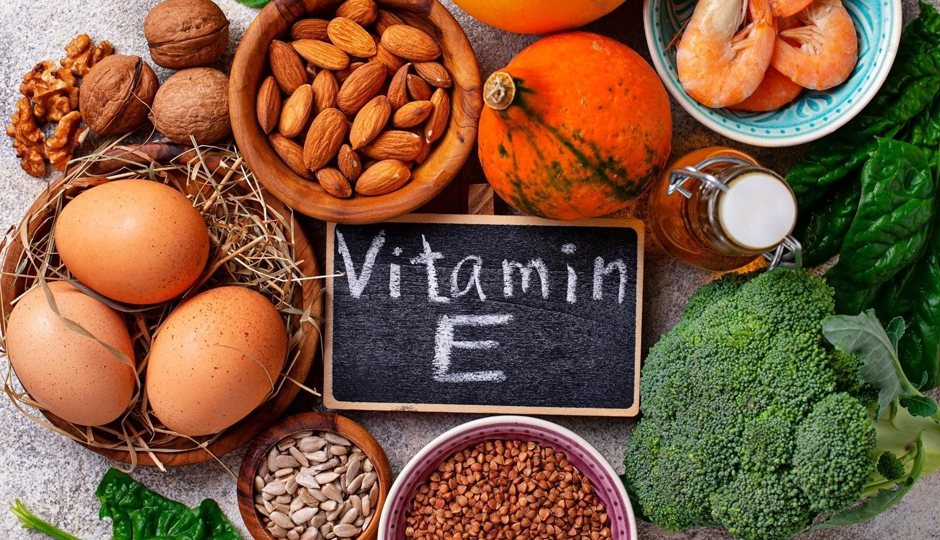- Home›
- Healthy Living›
- 10 Common Stoma Issues And Complications
10 Common Stoma Issues And Complications
By: Priyanka Maheshwari Tue, 19 Mar 2024 1:18:11
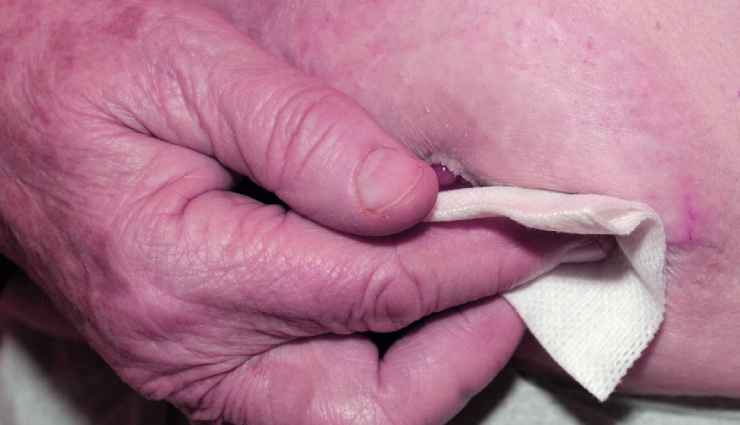
A stoma is a surgically created opening in the body that allows for the diversion of bodily waste or fluids to the outside environment. This procedure is typically performed when normal bodily functions, such as digestion or urination, are impaired due to disease, injury, or congenital conditions. Stomas can be temporary or permanent, depending on the underlying medical condition and the individual's treatment plan.
A stoma is a surgically constructed aperture on the abdomen, typically resulting from ostomy surgery. It serves as a connection to the internal organ affected by the procedure, which may involve the bowel or a segment of the urinary tract. Depending on the type of ostomy surgery, such as colostomy or ileostomy for bowel-related issues, or urostomy for urinary tract concerns, the stoma facilitates the elimination of waste products like fecal matter or urine from the body when the natural passage is compromised or non-functional.
Temporary ostomies involve reconnecting the affected bowel or urinary tract, leading to closure of the stoma once healing is complete. Conversely, permanent ostomies necessitate ongoing stoma care throughout one's life.
While the need for ostomy surgery can stem from various medical conditions, it is often deemed a crucial intervention for preserving life. If adjusting to life with an ostomy proves challenging, seeking support from an ostomy support group can be immensely beneficial. Resources such as The United Ostomy Associations of America (UOAA) offer a directory of affiliated support groups to aid in locating assistance nearby.
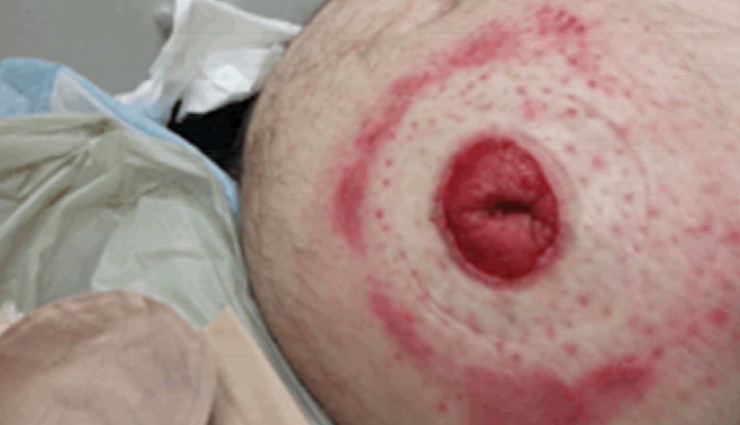
# Peristomal Skin Irritation:
Peristomal skin irritation stands out as a prevalent challenge among ostomates, stemming from the sensitive nature of the stoma area. Even with meticulous care, encountering some degree of irritation during one's journey as an ostomate is not uncommon. It becomes paramount to recognize signs of compromised peristomal skin, understand the underlying triggers, and adopt appropriate care practices. Typically, several factors contribute to peristomal skin irritation:
- Inadequate Peristomal Skin Care: Establishing a gentle daily routine for ostomy skin care is essential. Avoiding harsh soaps or fragrances and opting for mild, unscented cleansers or warm water rinses helps preserve skin integrity. Consulting with a healthcare professional or ostomy nurse can offer further guidance on effective peristomal skin care techniques.
- Output Contact with Skin: Individuals with a colostomy may encounter "pancaking," where stool adheres to the ostomy bag's surface, potentially causing the pouch to lift and allowing output to contact the skin. Promptly addressing any issues with the ostomy bag by seeking assistance from a doctor or ostomy nurse is crucial in preventing peristomal skin irritation.
- Improperly Fitting Ostomy Bag: Ensuring the correct sizing of the ostomy bag is paramount for comfort and skin health. Bag sizes that are either too large or too small can lead to leakage, skin abrasions, or cuts around the stoma. Healthcare providers can offer guidance on proper bag fitting techniques to prevent irritation.
- Allergies: Some ostomates may develop allergic reactions to materials present in certain ostomy pouches, manifesting as skin rashes or itching. Promptly informing healthcare providers allows for exploration of alternative pouching options to alleviate peristomal skin irritation.
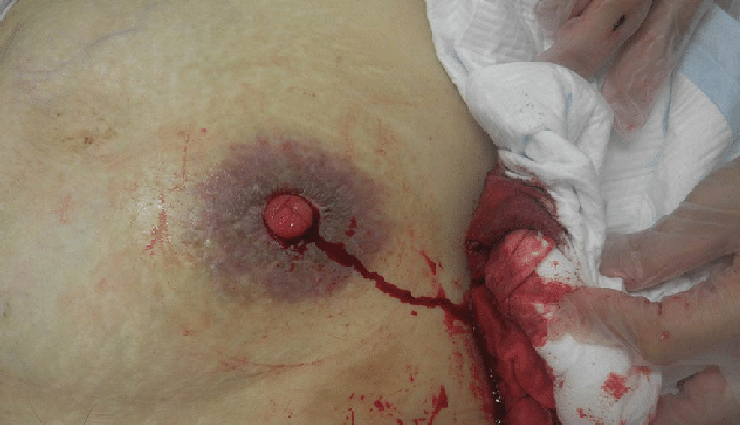
# Stoma Bleeding:
Following ostomy surgery, it's normal to experience some degree of stoma bleeding, particularly during the initial weeks and during cleaning. This bleeding typically diminishes as the body acclimatizes to the presence of the stoma. Occasional traces of blood during cleaning are usually insignificant and tend to resolve spontaneously. However, if bleeding originates from within the stoma or persists beyond the initial post-surgical period, consulting with a doctor or ostomy nurse is essential to rule out underlying issues such as intestinal bleeding.
# Stoma Infection:
Stoma infections may occur when bacteria or pathogens infiltrate the stoma site, with heightened risk immediately following surgery. Consistent hygiene practices and regular peristomal skin cleansing can mitigate infection risks. However, suspected infections warrant medical evaluation, especially if accompanied by symptoms like redness, swelling, warmth, or discharge, necessitating prompt intervention from healthcare providers.
# Stenosis:
Stenosis refers to the narrowing of the stoma over time, resulting in a constricted opening that impedes waste passage and may lead to bowel obstructions or discomfort. Symptoms may include ribbon-like or liquid output. Depending on the severity, treatment options such as stoma dilation or revision surgery may be recommended by healthcare professionals.
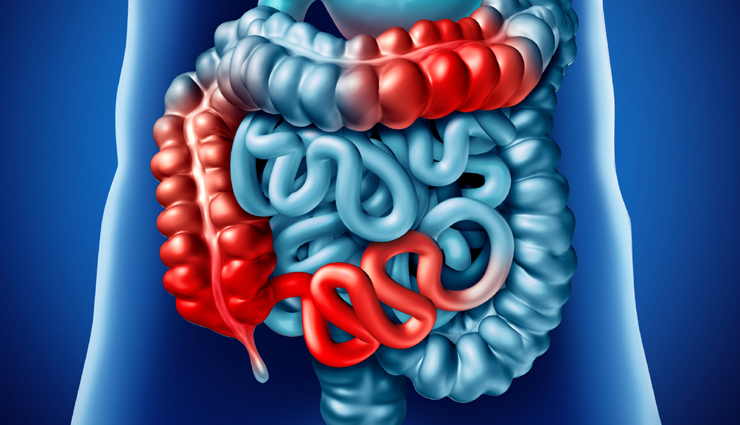
# Bowel Obstruction:
Bowel obstructions arise from impediments within the intestine, obstructing stool passage through the stoma. Various factors such as dietary choices, adhesions, or scar tissue contribute to obstruction risk. Symptoms often include severe abdominal pain, nausea, vomiting, and a distended abdomen, necessitating urgent medical attention.
# Retracted Stoma:
A retracted stoma occurs when the stoma recedes below the skin level, posing challenges in securing the ostomy bag and elevating the risk of complications. Significant retraction may require surgical correction, underscoring the importance of promptly notifying healthcare providers if encountered.

# Prolapsed Stoma:
Conversely, a prolapsed stoma involves excessive protrusion of the stoma from the abdominal wall, potentially leading to discomfort and bag management difficulties. Surgical intervention might be necessary in severe cases to address this issue effectively.
# Parastomal Hernia:
Parastomal hernias, characterized by abdominal tissue protruding near the stoma site, are a common occurrence among ostomates. While some hernias may be asymptomatic, most necessitate medical intervention for management and treatment.
# Necrosis:
Although rare, stoma necrosis denotes tissue death within or around the stoma, typically stemming from compromised blood supply or infection. Timely medical attention is imperative to mitigate further complications and ensure optimal stoma health.


